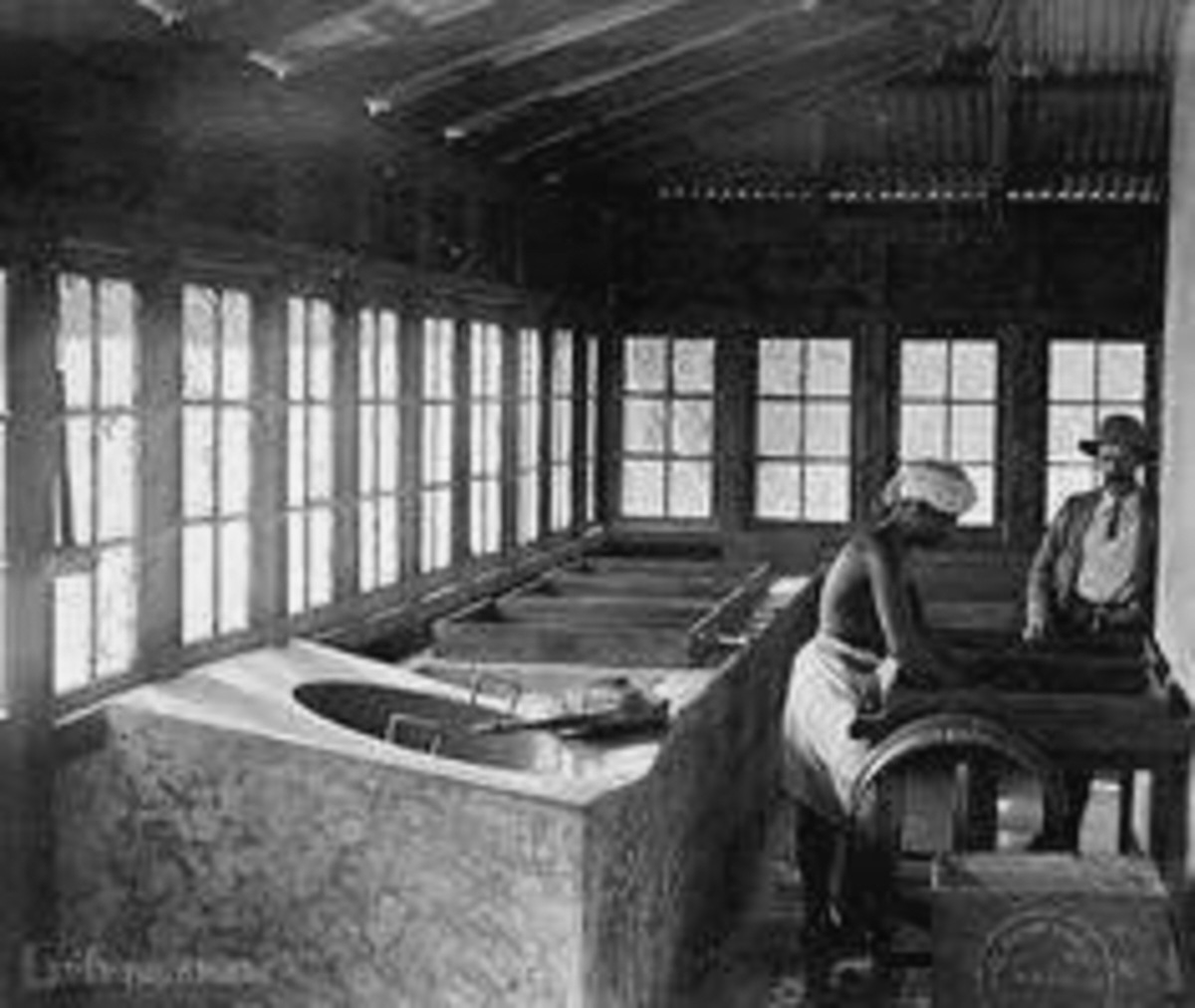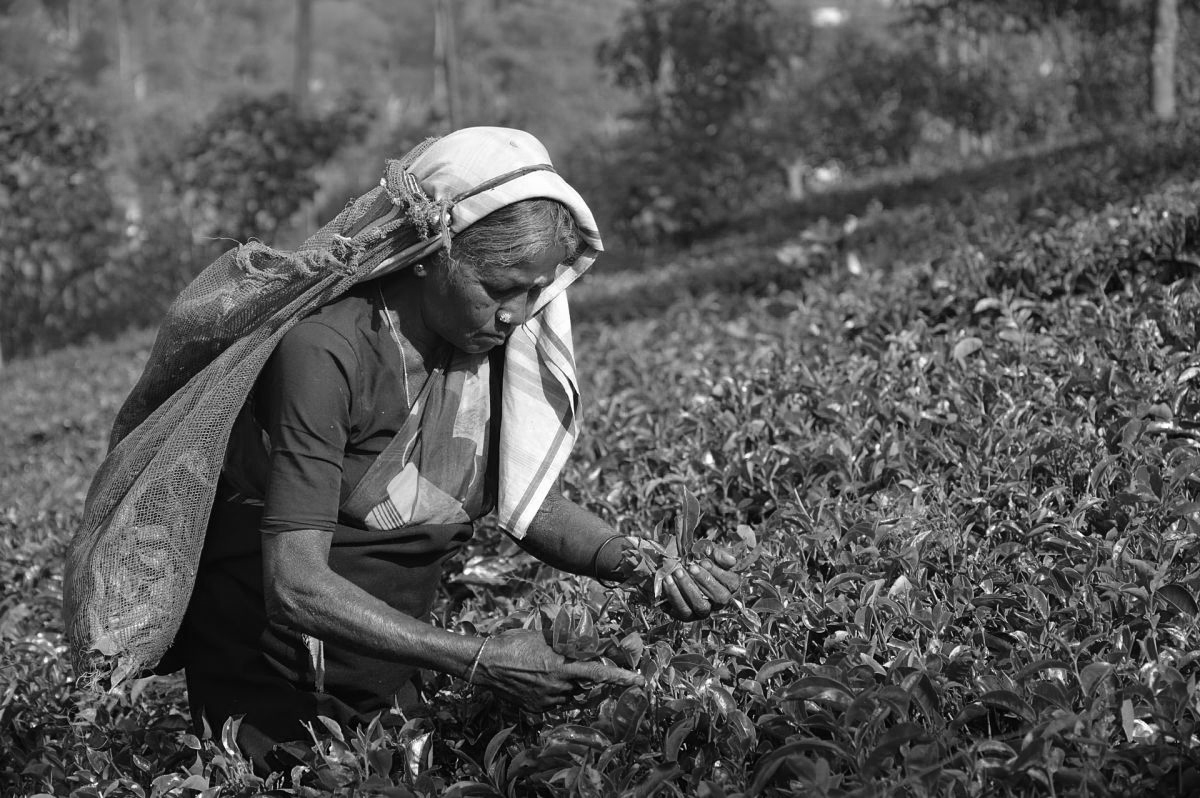The History of
Ceylon Tea


1867 - Tea to Sri Lanka
Both ancient and modern Sri Lanka has been known to produce the finest tea in the world. A colourful history inherited by the birth of these tiny leaves has satisfied the taste buds of connoissurs from around the world for many years.
The first-ever tea plant was brought to Sri Lanka (known as Ceylon back in the day) from China in 1824. It was planted at Royal Botanica Gardens in Kandy. Amidst the chaos of British rulers, a Scottish tea planter James Taylor started the very first commercial tea plantation of 19 acres in 1867, decades after the first tea plant was brought to Ceylon.
The birth of this tiny tea leaf immediately caught the attention of British noblemen and drew their attention to set up tea estates and factories within various regions of Ceylon. Coffee production was also massive at the time but a contagious disease named “Coffee leaf disease” caused a disastrous conclusion for coffee production of the country. The devastated coffee owners immediately diverted their attention to growing tea.
1880 - Center Stage
By the 1880s, there was a dramatic increase in tea production in Ceylon. The popularity grew potentially as more Ceylon tea was presented and sold at auctions. The momentous journey started when the initial auction was held at the Ceylon Chamber of Commerce in Colombo. Pure Ceylon tea recorded a price of £36.15 per lb on the very year at the London tea auctions. With the inauguration of the Tea Traders Association in 1894, all tea produced within the country is conducted through this association along with the Ceylon Chamber of Commerce, even today.
While the tea plant was serving the nation momentously, it did have its own enemies as well. In 1941 Tea Tortrix caterpillar was a great threat to the tea plantation of central highlands. However, by the 1960s, the country’s tea production exceeded a staggering 200,000 Metric tons and a total of 200,000-hectare acres creating a path to become the world’s largest tea exporter in 1965.




1980 - Gaining Popularity
Followed by this popularity Sri Lanka became the official tea supplier for the 1980 Moscow Summer Olympic Games, 12th Commonwealth Games, Brisbane in 1982, and Expo 88, Australia in 1987. While the country exported teas for blending and re-exports, in 1982 it commenced the production of green tea, the same were exported to various countries.
To cater to the world better, Sri Lanka had to concentrate further to amass the exceeding tonnage. By 1996 the tea production exceeded 250,000 metric tons. Over a million Sri Lankans were employed in the tea industry, a large proportion being young women.
Teas are grown 2,000ft above sea level and as they thrive in fertile soils and warm conditions, the major tea-grown areas are Kandy, Nuwara Eliya, and the central hills while the south of the country and Sabaragamuwa province produce low country tea.

